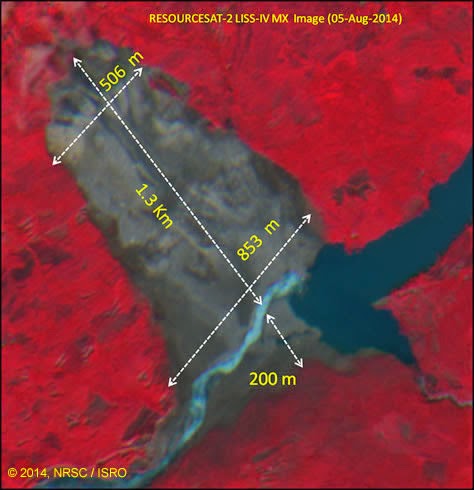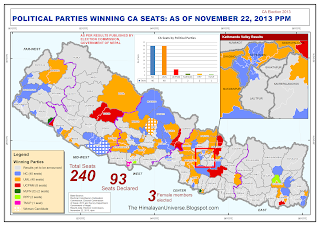Mapping out COVID-19 Cases in Nepal

Case #1, January 24, 2020, Recovered on February 7. The first case of COVID-19 was reported in January 24, 2020 in a male of 32 years age. It was in a Nepali PhD student who came from Wuhan China. His blood samples were taken to Singapore for Polymerage (PCR) test, and he was confirmed positive. he was admitted to Shukra Raj Tropical Hospital on ... and Discharged on...The patient had shown mild symptoms, and was completely cured by the end of January. A 31-year-old student of Wuhan University who had returned home on 5 January, [49] was admitted with mild symptoms on 13 January and discharged on 17 January with instructions to self-quarantine at home after preliminary tests showed he may not be infected. [50] Although Nepal had the laboratories and the skilled manpower to test for the disease, Nepal did not have the reagents required. The reagents cost around Rs 17,000 per test and need to be bought in bulk, sufficient for...



